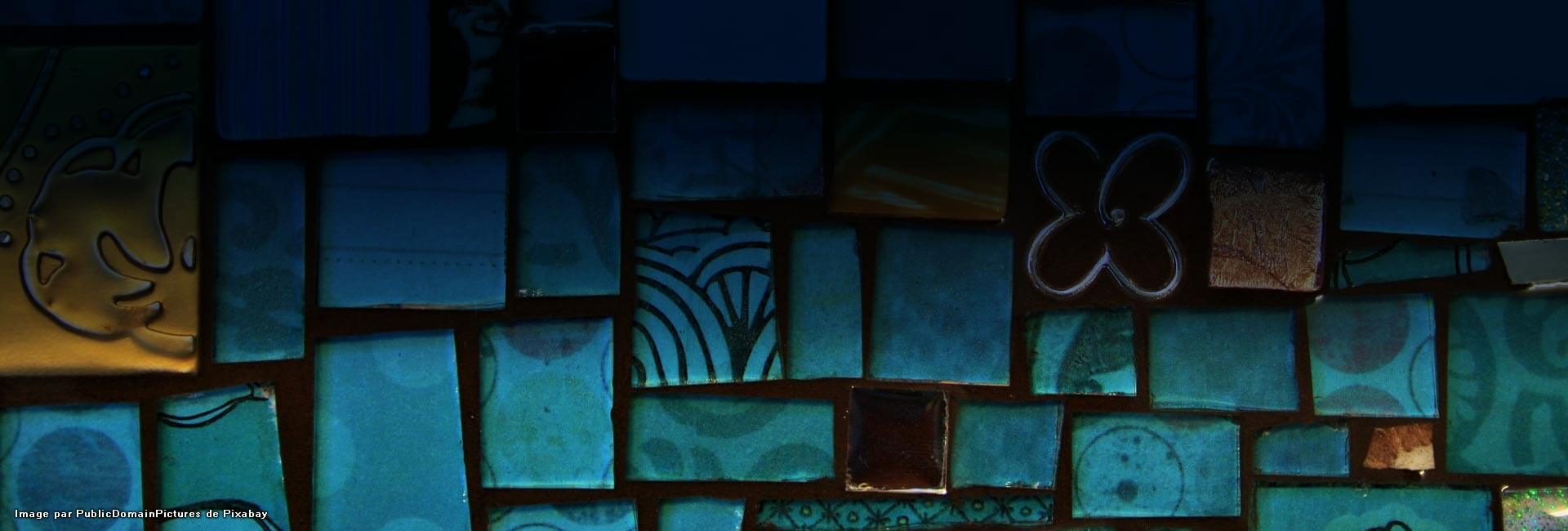INSTRUCTIONS AUX AUTEUR.E.S
Le texte est envoyé sous format électronique, simultanément aux trois adresses : matthieu.clement@u-bordeaux.fr, claire.mainguy@unistra.fr et thierry.montalieu@univ-orleans.fr
L’auteur·trice atteste que sa proposition d’article n’a pas été publiée par ailleurs et ne fait pas l’objet d’une soumission à une autre revue. L'avis du Comité de lecture conditionne la publication de tout article. La proposition d’article anonymisée fait l’objet d’un avis de recevabilité puis, s’il est positif, de rapports anonymes par deux referees.
• Le texte est transmis en fichier word par mail. Le volume de référence est de 50 000 signes (espaces inclus), y compris les résumés, les notes, la bibliographie, les annexes, les tableaux et graphiques. Le texte, en style normal, est aligné à gauche, sans retrait de paragraphe, sans césure, sans puce, ni numéro. Il est composé en garamond 11, espace simple, sans marge.
• Les résumés en français et en anglais (avec titre traduit) ne dépassent pas 1 000 caractères (espaces inclus). Ils sont accompagnés de mots-clés (français et anglais, 7 au maximum) et de la classification JEL (5 références au maximum).
• Les parties et sous-parties sont numérotées (1., 1.1, 1.1.1,…). L’introduction et la conclusion ne sont pas numérotées.
• Les tableaux, graphiques, schémas et cartes mesurent au maximum 11,5 cm en clargeur ; leur emplacement dans le texte est précisé. Ils sont présentés, ainsi que les formules mathématiques, sous word, éventuellement au format image, et ne sont pas scannés. Leur lisibilité est testée sur un tirage papier.
• Le titre de l’article, prénom et nom de l’auteur, titre, institution, adresse électronique, adresse postale personnelle (pour l’envoi du numéro), sont mentionnés.
• Les notes de bas de page sont numérotées par ordre croissant en chiffres arabes en times new roman normal 9.
• Dans le texte, les références d’auteurs sont précisées des plus récentes aux plus anciennes, avec les pages des citations (Perroux, 1981, 47).
• À leur première utilisation, les sigles et acronymes sont développés.
• La bibliographie est établie en garamond 10, par ordre alphabétique des seules références mobilisées dans le texte, pour un auteur, de l’année la plus récente à la plusancienne, sous la forme suivante :
BALLET J., GONDARD-DELCROIX C. (2024) Évaluer les avancées du développement. Contextes et périmètres des politiques en question : introduction, Mondes en développement, 207, 7-12.
GIRAUD P.-N. (2023) L’Afrique et l’inégalité du monde : les conditions de l’émergence, in M. Lautier, L. Charles, D. Diaw, H. Gérardin, B. Quenault (dir) Dynamiques des inégalités et développement, Paris, Karthala, 35-51.
FRERE C., SLANY A. (2023) Realizing product diversification for structural change in African countries, UNCAD Working Paper 05, 35 p.
PERROUX F. (1981) Pour une philosophie du nouveau développement, Paris, Aubier- Montaigne, 279 p.
UNITED NATIONS (2015) The 17 Goals, https://sdgs.un.org/goals.
La reproduction et la traduction des articles sont soumises à l’accord préalable des éditions De Boeck. La source est indiquée et un exemplaire est communiqué à la rédaction.
INSTRUCTIONS FOR AUTHORS
The text should be sent in electronic format to the following three addresses simultaneously: matthieu.clement@u-bordeaux.fr, claire.mainguy@unistra.fr, and thierry.montalieu@univ-orleans.fr
The author certifies that their article proposal has not been published elsewhere and is not being submitted to another journal. The opinion of the Reading Committee determines whether an article will be published. The anonymized article proposal is subject to an admissibility review and, if positive, anonymous reports by two referees.
• The text is sent as a Word file by email. The reference volume is 50,000 characters (including spaces), including abstracts, notes, bibliography, appendices, tables, and graphs. The text, in normal style, is left-aligned, without paragraph indents, hyphenation, bullets, or numbers. It is composed in Garamond 11, single-spaced, without margins.
• Abstracts in French and English (with translated titles) must not exceed 1,000 characters (including spaces). They must be accompanied by keywords (French and English, maximum 7) and JEL classification (maximum 5 references).
• Sections and subsections are numbered (1., 1.1, 1.1.1, etc.). The introduction and conclusion are not numbered.
• Tables, graphs, diagrams, and maps are no more than 11.5 cm wide; their location in the text is specified. They are presented, along with mathematical formulas, in Word, possibly in image format, and are not scanned. Their legibility is tested on a paper printout.
• The title of the article, the author's first and last name, title, institution, email address, and personal postal address (for sending the issue) are mentioned.
• Footnotes are numbered in ascending order using Arabic numerals in Times New Roman 9.
• In the text, author references are listed from most recent to oldest, with the pages of the citations (Perroux, 1981, 47).
• Acronyms and abbreviations are spelled out when first used.
The bibliography is set in Garamond 10, in alphabetical order of only the references used in the text, for a single author, from the most recent to the oldestyear, in the following form:
BALLET J., GONDARD-DELCROIX C. (2024) Évaluer les avancées du développement. Contextes et périmètres des politiques en question : introduction, Mondes en développement, 207, 7-12.
GIRAUD P.-N. (2023) L’Afrique et l’inégalité du monde : les conditions de l’émergence, in M. Lautier, L. Charles, D. Diaw, H. Gérardin, B. Quenault (dir) Dynamiques des inégalités et développement, Paris, Karthala, 35-51.
FRERE C., SLANY A. (2023) Realizing product diversification for structural change in African countries, UNCAD Working Paper 05, 35 p.
PERROUX F. (1981) Pour une philosophie du nouveau développement, Paris, Aubier- Montaigne, 279 p.
UNITED NATIONS (2015) The 17 Goals, https://sdgs.un.org/goals.
The reproduction and translation of articles are subject to the prior agreement of De Boeck publishers. The source must be indicated and a copy sent to the editorial team.

